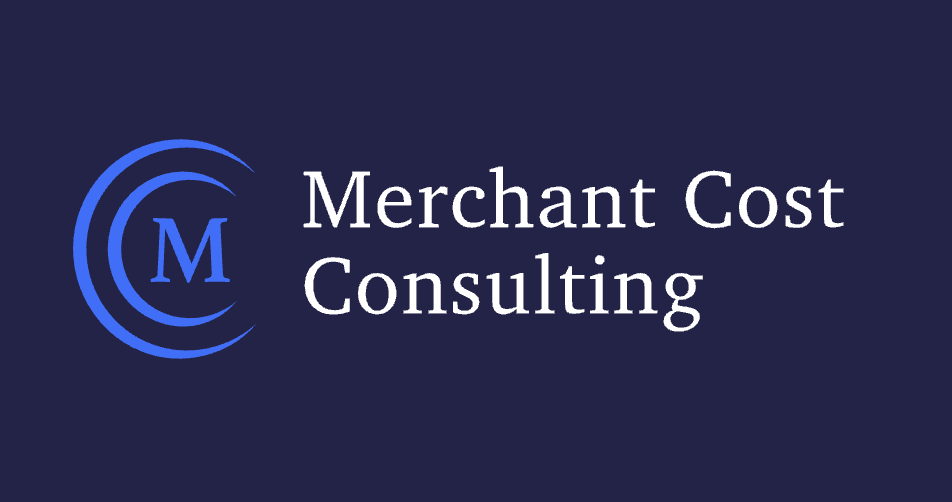Also known as cost-plus, pass-through pricing, or sometimes even interchange++, this pricing model is the gold standard for credit card processing.
Our content reflects the editorial opinions of our experts. While our site makes money through
referral partnerships, we only partner with companies that meet our standards for quality, as outlined in our independent
rating and scoring system.
Credit card processing is confusing. Between hidden fees, tiered rates, and the complicated terminology, it can feel impossible to know what you’re actually paying for.
One of the fairest and most transparent pricing models out there is interchange-plus pricing. It’s not the simplest option, but it gives you the clearest breakdown of where your money goes and often ends up being the most affordable, especially if you process a decent amount of card payments each month.
In this guide, we’ll cover what interchange-plus pricing is, how it works, how it stacks up against other pricing models, and whether it’s the right fit for your business.
What Is Interchange-Plus Pricing?
Interchange-plus (sometimes called cost-plus) separates your costs into two parts:
- Interchange fees (plus network assessment fees) are passed directly to the issuing bank and card networks (Visa, Mastercard, etc.). These are highly variable.
- Processor markup is what your merchant services provider keeps. This is generally a fixed rate.
This model makes it clear how much of your fee is unavoidable (interchange) versus how much is negotiable (markup).
How Does Interchange-Plus Work?
When you run a card payment, interchange fees and the processor markup are charged before the funds hit your account.
You’ll either see these fees itemized on your statement or bundled together as a total deduction.
What Affects Interchange Fees?
Interchange rates vary depending on transaction risk. Factors that could impact these fees include:
- Card brand (Visa, Mastercard, Amex, etc.)
- Credit vs. debit (debit is usually cheaper)
- Card type (rewards, business, corporate, etc.)
- Whether the card was swiped/tapped vs. entered online
- Security tools used (like tokenization or encryption)
- Your Merchant Category Code (MCC)
Example Transaction
Let’s say you own a restaurant, and a customer spends $100 using a Mastercard World Elite card.
- Interchange: 2.00% + $0.10 = $2.10
- Processor markup: 0.20% + $0.10 = $0.30
- Total cost: $2.40 (2.4% of the sale)
Notice how the interchange portion ($2.10) makes up 87.5% of the total fee, while your provider only keeps $0.30. This split is pretty typical.
What Does An Interchange-Plus Quote Look Like?
A standard quote will show both parts of the markup:
Interchange + X% (percentage-based markup) + $Y (fixed markup, or authorization fee)
For example: Interchange + 0.25% + $0.10.
Watch out because some providers advertise only their markup without mentioning interchange. That’s misleading because you’ll always pay interchange, and it usually makes up most of your costs.
Also, remember that interchange fees are set by credit card associations, so processors can’t change interchange rates. If a salesperson claims they can “lower interchange,” they’re either misinformed or not being honest.
How Does Interchange-Plus Compare To Other Pricing Plans?
There are four main pricing models in the payments world:
- Interchange-plus
- Tiered pricing
- Flat-rate pricing
- Membership (subscription) pricing
Here’s how interchange-plus stacks up:
Interchange-Plus VS Tiered Pricing
Tiered pricing groups transactions into three buckets: qualified, mid-qualified, and non-qualified. It looks simple, but it’s usually more expensive and less transparent.
Why interchange-plus is better:
- You see the provider markup clearly
- Interchange is passed through at cost
- Debit card transactions are cheaper
- It almost always costs less overall
Interchange-Plus VS Flat-Rate Pricing
Flat-rate pricing (like Square or PayPal) charges one fixed percentage for each type of transaction. It’s predictable but usually more expensive once your volume grows.
Why interchange-plus is better:
- Markup is consistent across all transactions
- Interchange is broken down on statements
- Debit transactions cost less
- High-volume merchants usually save more, even with monthly fees
Interchange-Plus VS Membership Pricing
Membership (or subscription) pricing is a variation of interchange-plus: you pay actual interchange rates plus a flat monthly fee and per-transaction charge. This can be cheaper for very high-volume businesses, but it’s often overkill for smaller ones.
Why interchange-plus may be better:
- No big upfront subscription fee
- More cost-effective for low or moderate volumes
Which Credit Card Processors Offer Interchange-Plus Pricing?
Not every provider advertises interchange-plus, but most can offer it if you ask. Some reserve it for higher-volume businesses, while others make it standard for all merchants.
Processors that openly offer interchange-plus include:
Should You Always Choose Interchange-Plus Pricing?
Interchange-plus is often the best option because it’s transparent and usually cheaper than other models. But it’s not perfect. Markups can still be high if you don’t negotiate, and you’ll likely pay monthly and annual fees (in addition to transaction costs).
It also may not be the most cost-effective option for smaller businesses.
This model works best if:
- You process at least $5,000/month in card sales
- Your business isn’t seasonal
- You run a lot of debit transactions
For very high-volume businesses, subscription pricing might beat it. But for most merchants, interchange-plus strikes the best balance of fairness, cost, and transparency.












